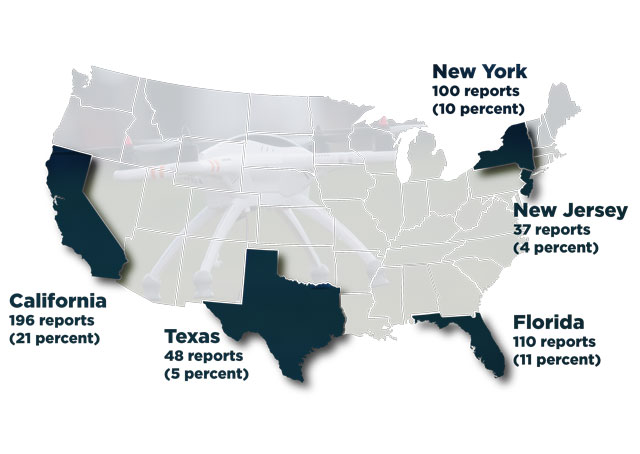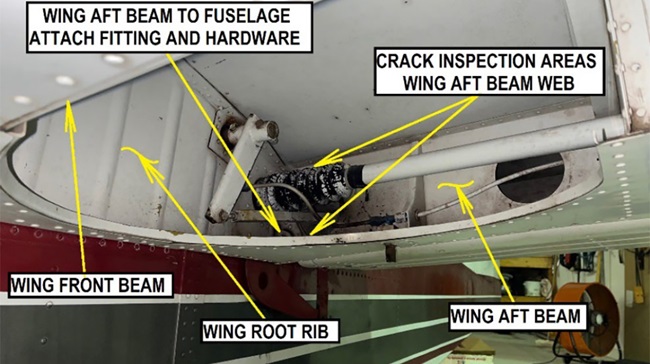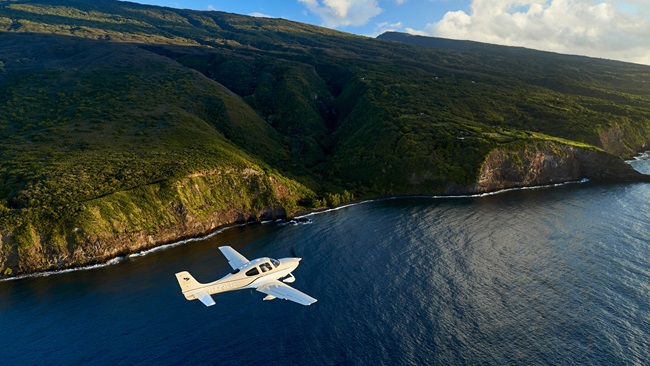
Unmanned aircraft encounters reported to the FAA by flight crews are not only increasing in volume, they are unevenly distributed. A little more than half of the 952 such reports received by the FAA since the beginning of 2014 originated from five states. The frequency and volume of these reports do not necessarily correlate to the frequency of manned aircraft activity, though the FAA has only been collecting this data since early 2014, and trends may not hold. For now, the likelihood of encountering an unmanned aircraft appears to vary by location.
Among major cities, New York stands out for its high number of reported drone sightings, with 79 such encounters reported to date—nearly twice the number of such encounters reported to date in Los Angeles, and nearly five times the 17 drone encounters reported to date from aircraft crews and other observers in Atlanta. (Additional reports from Teterboro, Newark, and other locations in New Jersey are not among those 79 reported New York sightings.)
The FAA released the first set of data on encounters with unmanned aircraft in May, documenting a rapid increase in the frequency of unmanned aircraft operating in the National Airspace System since a close encounter with an aircraft of unknown type was reported by a flight crew after landing in Durham, North Carolina, on Feb. 22, 2014. (Radar data showed a target departing a nearby private field traveling at 60 knots, heading northwest, merging with a known aircraft and prompting a traffic advisory from ATC. The target then appeared to return to the private airfield. The pilot who filed the report estimated the unknown aircraft had a wing span between two and three feet.)
The latest set of reports was released Aug. 21, detailing an ongoing increase in unmanned aircraft operating near airports or at high altitudes that prompted the FAA to issue a public appeal to unmanned aircraft operators to stop breaking the rules on Aug. 12. The FAA logged 54 reports of encounters with unmanned aircraft in the following week, 14 of them on Aug. 16 alone. Among those Aug. 16 reports, a Mooney M20C pilot spotted a white-and-blue unmanned aircraft at 7,000 feet over the Hobbs VOR in New Mexico; a Citabria flying a midfield downwind over Brackett Field Airport in La Verne, California, reported a drone at 500 feet within half a mile of the airport; the pilot of a Cessna Skymaster preparing to land in Orlando, Florida, saw a drone pass below while the Skymaster was on a four-mile final at about 500 feet.
Also on that particularly busy day, military jets were scrambled after a Cessna 206 reported a drone sighting at 1,500 feet about eight miles northwest of Ronald Reagan Washington National Airport. Additional sightings were reported by commercial airline crews operating near airports, and, in one case, by a ground observer. An airline crew approaching Los Angeles International Airport reported that a quadcopter “almost hit us,” at 4,500 feet, 15 miles from the airport, though no evasive action was taken.
Among states with the highest number of unmanned aircraft encounter reports to date (many of which were submitted by aircraft within a few miles of landing though others were at altitudes above 14,000 feet), California tops the list with 196 reports since May 2014. Pilots flying over Florida have reported 110 such encounters; 100 reports have been filed by pilots flying over New York state, 79 of those over New York City itself; reports linked to New Jersey add another 37 to the list. There were 48 reported drone encounters over Texas through Aug. 21, 5 percent of the total.
Combined, the reports from these five states account for 51.6 percent of the 952 sighting reports, while the states themselves account for about 36 percent of the U.S. population.
Hobbyists who race drones and commercial operators with permission to operate in the National Airspace System are probably not the operators responsible in most of these cases. Commercial operators are required to notify the FAA in advance of their operations within the National Airspace System, and both of those groups invest significant time and money in their unmanned aircraft. They are typically well-informed about existing regulations that prohibit unmanned aircraft from exceeding 400 feet agl, operating within 5 nautical miles of an airport without prior notification, and operating an unmanned aircraft beyond visual range.
At least a couple of the reports released by the FAA to date appear to be duplicates; many of the reports are vague, and a few are based on secondhand information. But there is little doubt that unmanned aircraft operated by ignorant or irresponsible parties pose an increasing hazard to aviation.
Frank Galella, president of Lincoln Park Aviation in New Jersey (and a pilot with nearly 5,000 hours of flight time and years of experience as a Cessna dealer) is also the owner of Next Generation Aviation Services, an authorized commercial operator of unmanned aircraft. In a telephone interview, he said that operators with an FAA exemption allowing commercial use of unmanned aircraft are required to report all of their unmanned flight activities, to keep their aircraft in sight, and to take great care to avoid conflicts with manned aircraft.
“I get it. I understand the concerns,” Galella said. “I walk on both sides of the fence.”
Having briefly reviewed the latest of the 952 report summaries released by the FAA, Galella suspects many may be a product of misidentification or misperception: Helium balloons can easily be mistaken for drones, and distances and sizes are very difficult to judge. A large octocopter with a sophisticated camera rig might appear to be a much smaller unmanned system closer to the aircraft from the pilot’s point of view, for instance. He suspects as many as half of the reports filed to date could involve some degree of mistaken perception or mistaken identity, though there remain a large and growing number of credible sightings that are cause for concern for manned and unmanned aircraft pilots alike.
“A confrontation with one of those things while airborne is certainly a concern,” Galella said. “The hobbyist and or amateur is definitely going to ruin it for a certain portion of us.”
The FAA and organizations including AOPA, the Academy of Model Aeronautics, and many others support an information campaign, Know Before You Fly, with a website and a mobile app designed to give noncommercial unmanned aircraft operators detailed information about where they may legally fly, and reduce potential conflicts.



